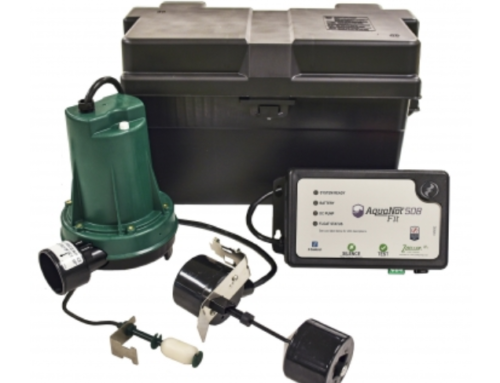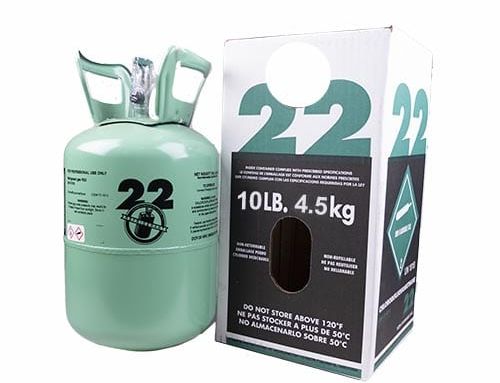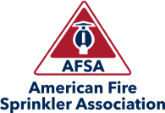
Long-term damage from a persistent leak could result in costly repairs and a whole lot of headaches. With annual plumbing inspections, though, you could make some of these potential problems dry up and go away.
Take a look around
- The Insurance Institute for Business & Home Safety offers the following recommendations on what to watch for in your home.
- Once you’ve identified a problem, take quick action to remedy it.
- Remember, it’s always advisable to hire a professional for plumbing repairs.
Kitchen and bathroom:
- Make sure drainage pipes are solid and are not showing signs of leaks at the joints or from the bottom of the P trap.
- Look for signs that water has been dripping from the supply pipe connections. These include corrosion on the supply line fittings and valves, and stains on the bottom of the cabinet.
- Make sure supply line valves can be turned off and back on and that they don’t leak when they are activated.
- Look at the supply lines to toilets. Make sure there are no leaks, that the valves can be turned off and on and that they don’t leak when activated.
- Look around dishwashers, refrigerators with ice makers, sinks, bathtubs, showers and toilets for signs of cracked or warping flooring.
- Listen for any sounds of dripping water or periodic running of the toilet supply water. Note if any of your sink faucets are dripping or if your tub(s) or shower(s) are dripping.
Other areas of the house:
- Make sure the valves for the supply lines to your washing machine can be turned off and back on again, and that they don’t leak when activated.
- In rooms directly below upper-floor bathrooms, look for stains on walls or ceilings or a musty smell.
- Check outdoor hose bibs to make sure that they are not dripping.
- Look for persistent signs of rust in the water.
- If you have a basement, inspect any drain pipes that are exposed.
- Older houses may have cast iron drain pipes where the joints are filled with fiber and a lead seal. Check joints to make sure there are no signs of leaks.
- If you have a basement drain and a sump pump, make sure both work properly.
- If you have a crawl space, make sure there are no indications of water leaks from first floor plumbing and no open drains where a pipe may have broken loose.
- Check your water bills against your sense of your water use. A significant increase could indicate a leak if you have not been watering a lot more or washing more clothes than usual.











